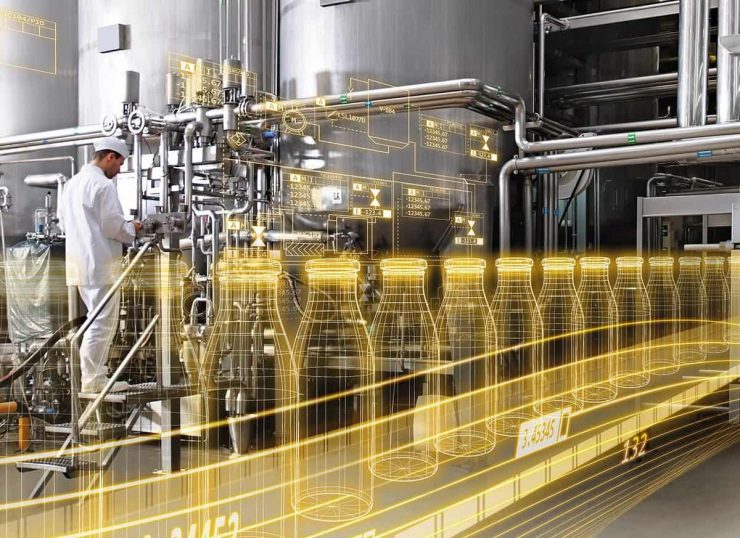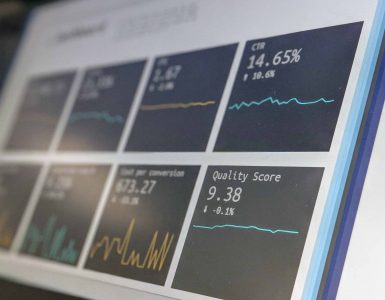This makes it difficult for food manufacturers to adapt their processes, equipment and ingredients to standards such as current Good Manufacturing Practices (cGMP) and Hazard Analysis and Critical Control Points (HACCP).
Keeping these things in mind, here are four factors that food companies can take into account while selecting the right ERP modules:
Allergen management
Ingredients and products that can cause food allergies need to be managed with maximum care, since companies are held accountable to multiple stakeholders. They must ensure that their products and processes are safe for consumers, use ingredients from qualified suppliers, and compliant with government regulations. The manufacturer has to assume the responsibility for keeping up with the latest research, isolating ingredients and packaging clearly labeled products. Moreover, regulations vary significantly by region. For example, the U.S. Food and Drug Administration identifies eight major food allergens, which varies from the 14 allergens that are identified by the European Union. Hence, it is vital to ensure that all internal and external processes are regularly audited for minimizing risk and maintaining consumer safety standards.
To achieve these goals, the ERP package must be equipped with the following features:
- Supplier Relationship Management (SRM)
- Management of internal quality certification plans
- Classification of ingredients based on ingredient codes and contamination risk
- Warehouse management with ingredient codes and contamination prevention plans
- Production scheduling with features for isolating products that are prone to cross-contamination
Managing recipes and ingredients
Maintaining recipes is one of the most important aspects of food production, since this may have to be done regularly for products that are frequently modified to keep up with changing consumer tastes, or subject to changes in regulations. On the shop floor, processes need to be designed to measure ingredients in weight and volume simultaneously at different phases of manufacturing. This is because some ingredients that are measured by weight during processing may need to be packaged or stored by volume as finished goods inventory. Moreover, the units of measurement vary across an even broader range while labeling.
Hence, ERP modules in materials management would need to consider the following attributes:
- Recipe design database with a distinction of nutritional, allergen and production information
- Project management module for New Product Development (NPD)
- Database of inspection plans for ingredients at material receipt and production
Material shortage reporting
Since ingredients in the food industry have a limited shelf-life, it is likely that shortage events would occur frequently in early-stage SMB’s due to inventory obsolescence. If substitution of ingredients is possible, it may be an option that can be considered as a short-term solution. Either way, production managers would be interested to know the overall impact on throughput and have the capability to implement contingency plans quickly.
An ERP package in any process industry could leverage specific features to mitigate these risks:
- Material Resource Planning (MRP) which considers shelf-life and expiration dates
- Master Production Schedule (MPS) with ingredient shortage management and substitution suggestions
- Live scheduling updates with expected yield and contingency planning
- Machine-to-ERP communications
Lot traceability
Traceability is a key requirement by most regulatory authorities in the food industry. This is to ensure that everything produced is safe, and the root cause is immediately identified in the event of an emergency. Companies are expected to have well-defined corrective and preventive action (CAPA) plans in place to deal with such situations. For this reason, ERP modules need to interact with each other for tagging a record of suppliers, ingredients, tooling and dates with all production batches being shipped.
Here are some of the ERP features that could help companies track their product through different phases of their value chain:
- Vertical integration with supplier ERP database and serial codes
- Order management and material tracking from suppliers to outbound shipping
- Vendor Managed Inventory at customer warehouse
- Documented storage of finished goods and ingredients based on shelf-life
It is clear that every industry has attributes that would require a high level of customization in their ERP package, making it difficult to select a standard package that covers all features. Hence, companies need to identify value-added activities across multiple departments before presenting a set of requirements to a technology provider.
At BRIDGR, we conduct a comprehensive diagnosis of your operations before connecting you with the right expert that fits your business needs. Feel free to reach out to us if you want to know more about how we can help you!






